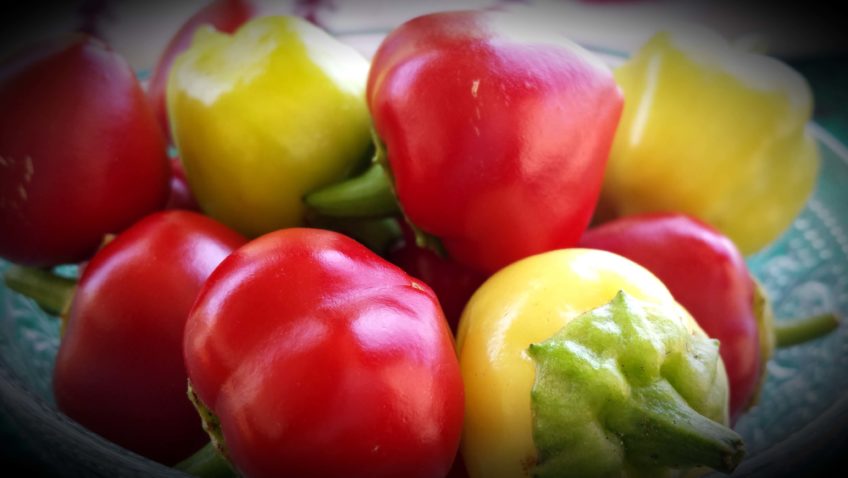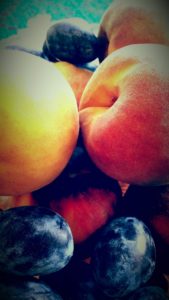Our body has a daily need of the Four Basic Food Groups. These four groups consist of:
- 4 servings of fruits and vegetables;
- 4 servings of cereal, breads and other grains;
- 2 servings of milk products;
- 2 servings of poultry, meat, fish, and eggs.
Eating different foods from each group will ensure that your body gets the essential nutrients it needs.
A small amount of protein goes a long way! For example, a 3-ounce pork chop, ½ cup cottage cheese, and 3 ounces of tuna (a total or 61 grams of protein) would supply a 170-pound man’s daily nutritional needs. A 60-pound child can obtain the daily requirement of protein with 2 cups of milk, 1 ounce of cheese, two slices of bread, and a baked potato (a total of 33 grams).
Four servings of grain products a day sounds like a lot, right? Well, why don’t you try this: whole-grain cereal for breakfast, a slice of bread with lunch, rice with dinner, and 3 rice wafers for a snack? You can also put two 1-inch cubes of hard cheese on top of those wafers for a serving of milk products.
To get the four servings of fruit products and vegetables, you can snack between meals on fresh fruit, raw vegetables, or even juice. They are all nonfattening as well.
Choose whole-grain cereals and breads rather than refined ones. You will get more fiber as well as B vitamins and minerals.
Cook vitamin-C-rich vegetables in as little water as possible or eat them raw – vitamin C is easily destroyed by cooking.
Romaine lettuce is greener than iceberg lettuce and has about three times as much vitamin C and about six times as much vitamin A as iceberg lettuce. Keep in mind and try to remember that the greener the vegetable is, the higher it is in vitamins and minerals.
Potatoes boiled or baked whole in their skins, retain nearly all their vitamins and minerals. Cutting or peeling causes a nutrient loss. When you are cooking vegetables in water just leave them whole. They will retain more vitamins and minerals and also they are much easier to chop or slice after they are cooked.
Almonds are very good for you also. 1 cup of them contains more calcium than 1 cup of skim milk and they are high on fiber as well.
I would like to share more vitamin-rich foods I put together for you. Use it as a guide when you cook your daily meals.
Minerals your body needs



